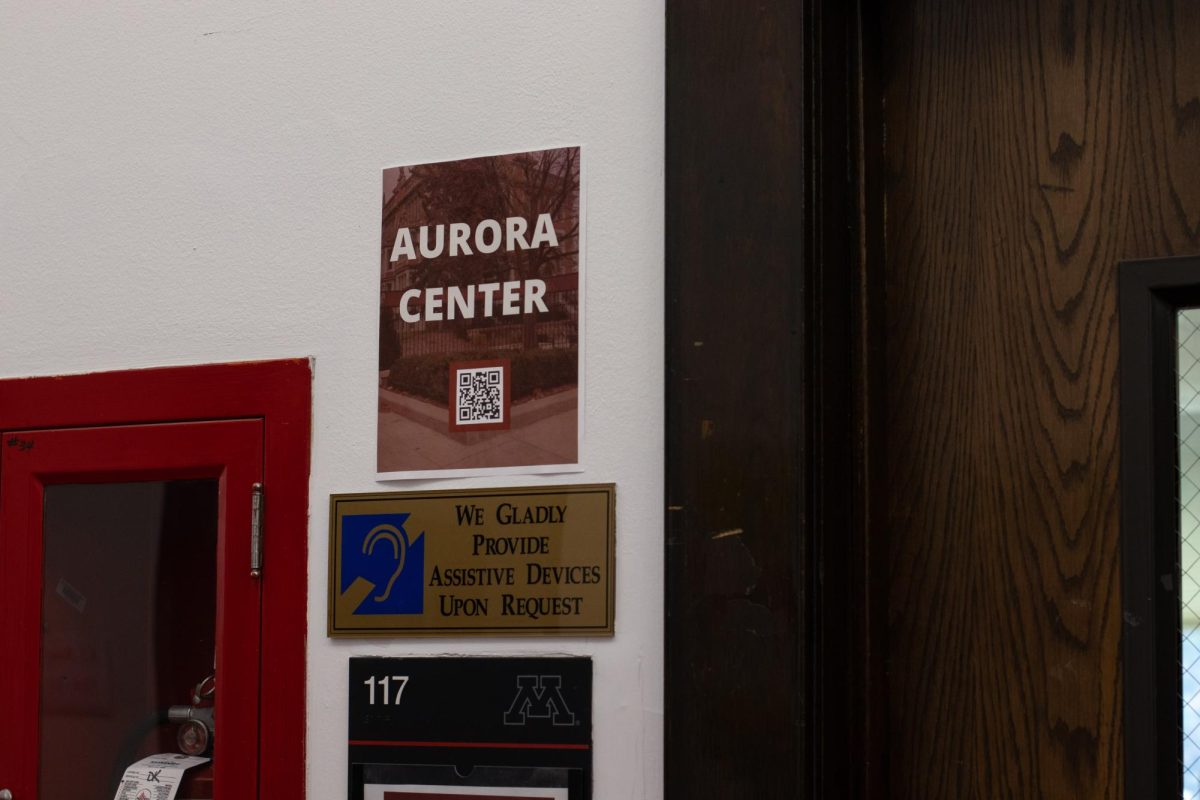In the wake of the Institute for Quality of Life naming Minneapolis one of the happiest cities in the world, praising its art, culture and cuisine, it is essential to acknowledge Minnesota’s recent advances in harm reduction legislation.
These advancements not only promote public health but also reflect a commitment to supporting marginalized communities. As a second-year medical student and lifelong resident of the Twin Cities, I am proud of these efforts, but there is still work to be done.
Minnesota approved funding for safe recovery sites that offer harm reduction supplies and services, operated by independent organizations like the Minnesota Overdose Awareness Drug Use Resource Hub in North Minneapolis. These sites provide crucial support to individuals who use drugs, reducing harm and saving lives. However, other states are setting even more ambitious goals that Minnesota could emulate.
Rhode Island, for example, is opening its first overdose prevention center (OPC) this year, while Minnesota’s safe recovery sites initially will not offer safer use spaces. Safer use spaces are facilities designed to reduce the potential risks of drug use. They are spaces within a harm reduction program where folks can use pre-obtained illicit substances in the presence of trained professionals who can offer sterile supplies and intervene to prevent overdose death or other complications.
In Vermont, despite a veto from the governor, the legislature passed a bill to open its first safe injection site. Additionally, New York City has two OPCs operating at the city level.
OPCs save lives, connect people to addiction services and other social supports and bring public drug use indoors. These states are making significant strides, and Minnesota should leverage this momentum to keep advancing its harm reduction efforts.
Vermont’s approach is particularly notable for its focus on justice and equity. The state’s legislative efforts address systemic injustices in drug law enforcement, aiming to rectify racial disparities in drug-related arrests and sentencing through several key measures. These include decriminalizing small amounts of drug possession, implementing law enforcement training to reduce bias and expanding diversion programs that offer alternatives to incarceration.
The state also facilitates the expungement of past drug convictions and supports community-based harm reduction strategies. Additionally, Vermont collects and publishes data on drug enforcement outcomes by race to monitor progress and target interventions effectively.
Dr. Carl Hart, a neuroscientist and professor of psychology at Columbia University, has long argued that racial disparities are a significant issue in drug policy enforcement, and Vermont’s policies align with his findings.
Vermont is actively pursuing harm reduction strategies, such as OPCs. Rhode Island’s overdose prevention center and New York City’s existing centers further demonstrate the efficacy of these approaches, aligning with Dr. Kimberly Sue’s advocacy for public health over punitive measures.
Sue, a physician-anthropologist, is an assistant professor of medicine at Yale University School of Medicine within the Program in Addiction Medicine. I had the privilege of meeting Sue at the University of Minnesota’s 2024 Physician Scientist Networking Event this past spring and she inspired this piece.
Moreover, Vermont is moving toward decriminalizing the possession of small amounts of drugs and legalizing certain substances. This approach reduces stigma and prevents criminal records from overshadowing the lives of individuals who use drugs, drawing on research by both Hart and Sue. Minnesota, despite its recent advances, still lags behind these states in terms of radical reform.
The potential outcomes of Vermont’s policies, based on academic studies and the real-world impact in other jurisdictions, suggest significant benefits. These include reduced overdose rates, lower incarceration rates for drug-related offenses and improved public health outcomes. Minnesota could achieve similar results by accelerating its reform efforts.
By drawing on the successes of states like Rhode Island, Vermont and New York, Minnesota can build on its current harm reduction strategies and advance its legislation to include safer use spaces.
The Minnesota Department of Human Services is already invested in working toward this goal as evidenced by the Minnesota Legislature approving funding for up to 15 Safe Recovery Sites run by independent organizations in May 2023, and with continued support and advocacy, Minnesota can become a national leader in harm reduction.
As a future healthcare provider deeply invested in the well-being of our communities, especially those pushed to the margins, I urge Minnesota policymakers to consider Vermont’s model as a blueprint for future reforms.
The need for policies that promote social justice, public health and the dignity of individuals who use drugs has never been clearer.
By embracing these changes, Minnesota can not only enhance the well-being of its residents but also continue to lead by example in the fight for a more equitable and compassionate drug policy.
Ellis Raduenz, a Twin Cities native and double Gopher, is currently pursuing her medical degree as part of the University of Minnesota’s Class of 2027.
Acknowledgments to Dr. Kimberly Sue and Ms. Alexandra Skinner (PhD student in Epidemiology at Brown University School of Public Health) for their contributions to this work.







